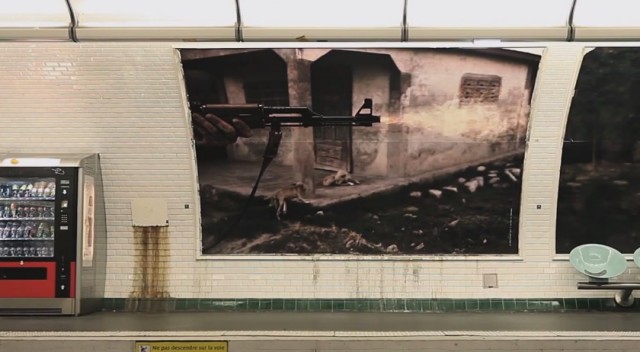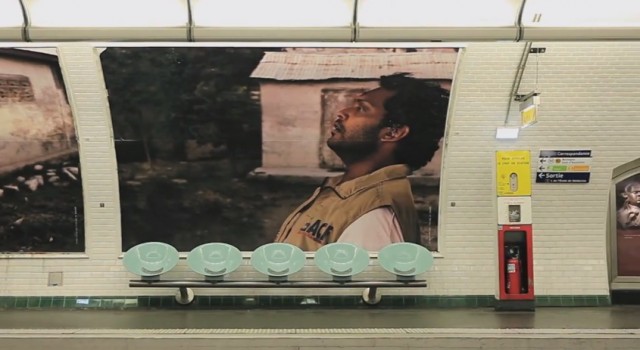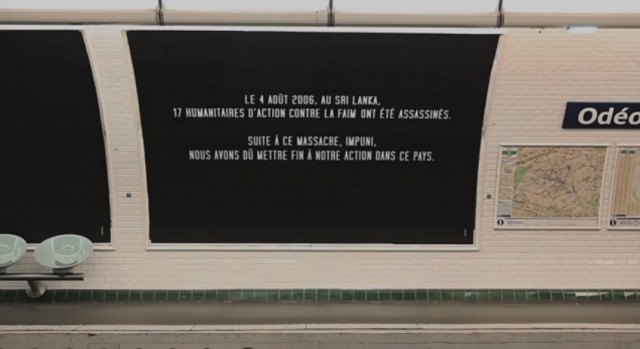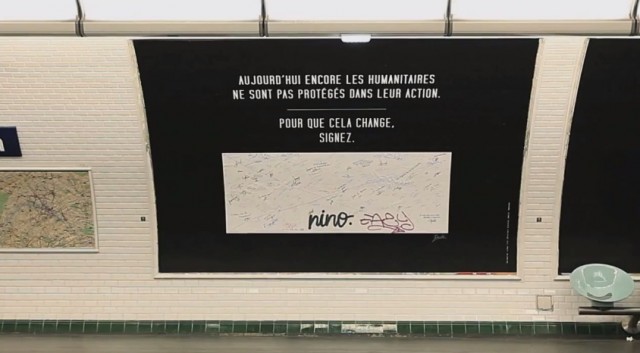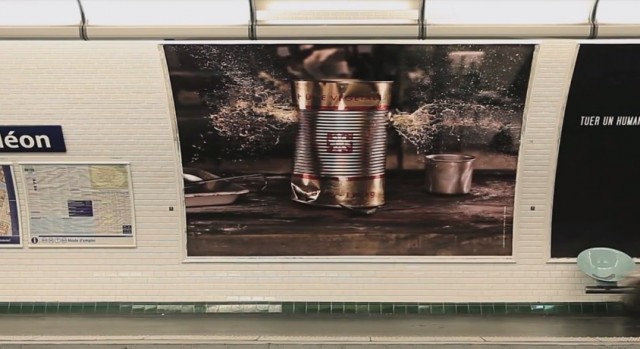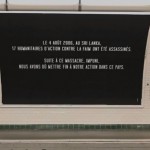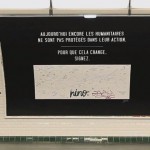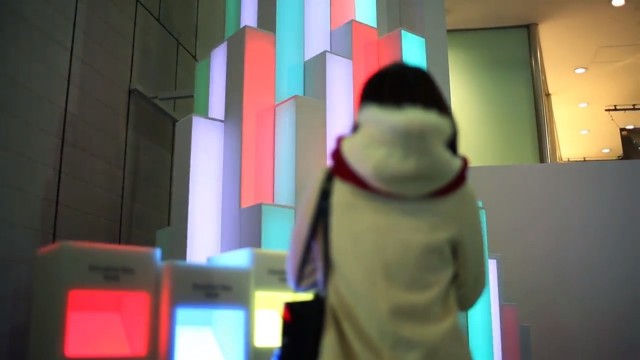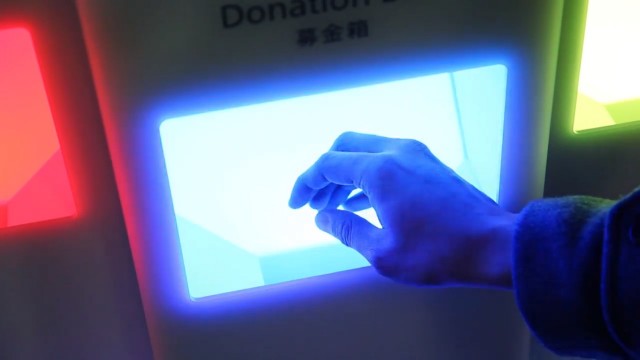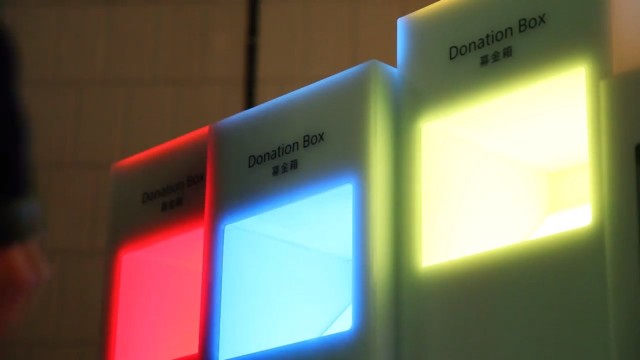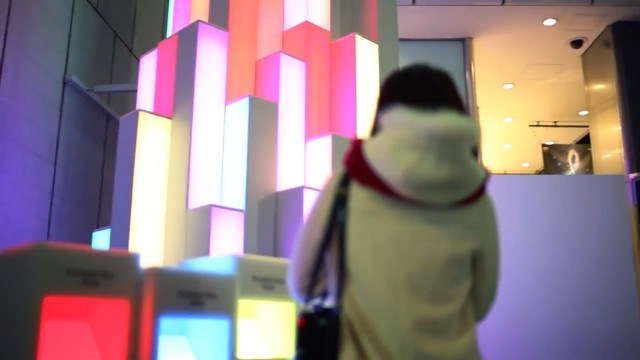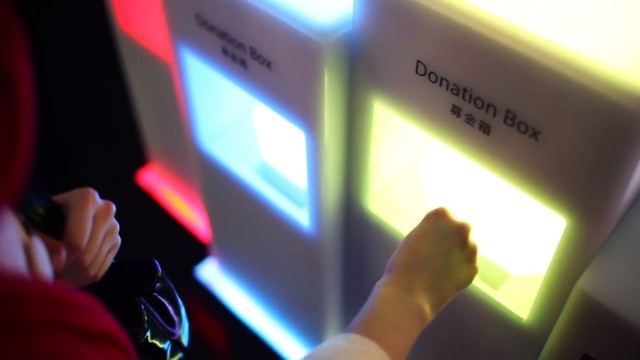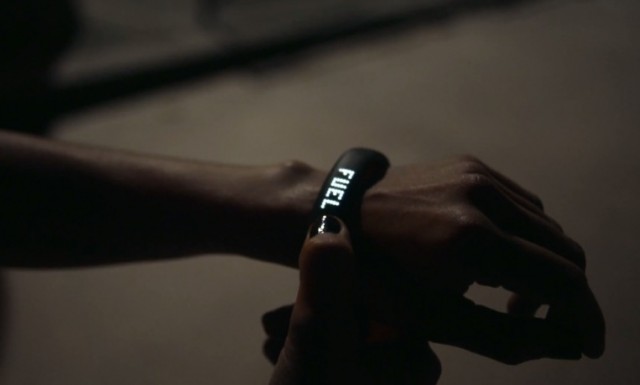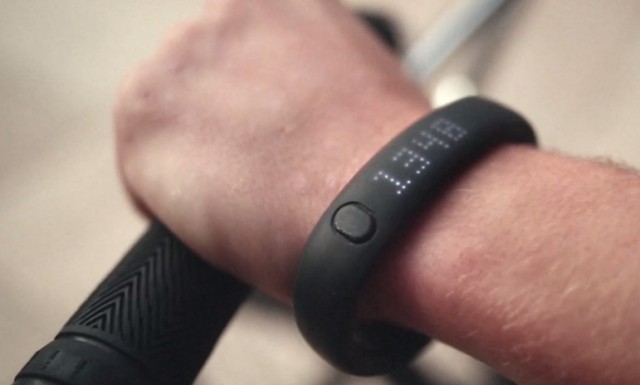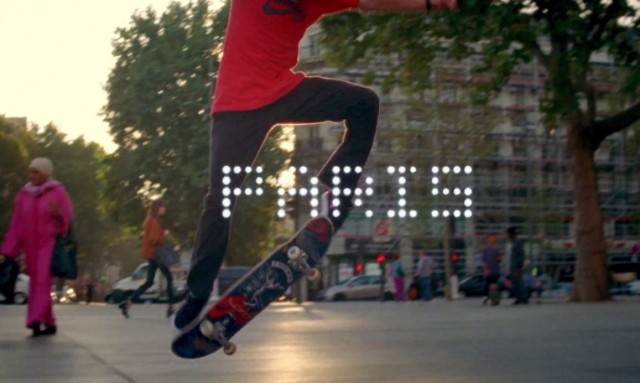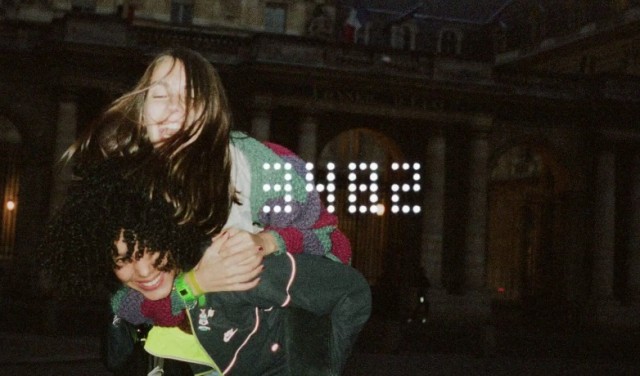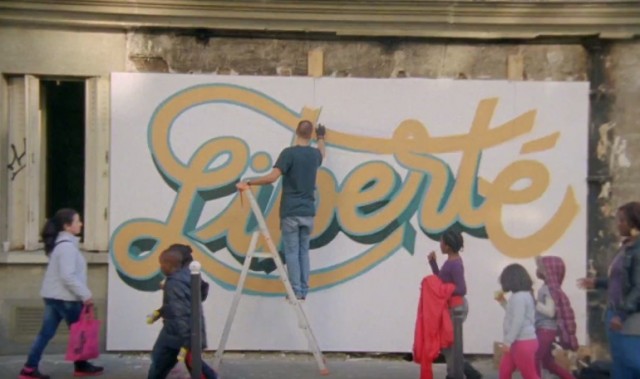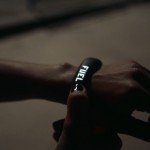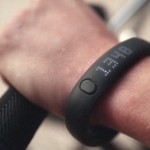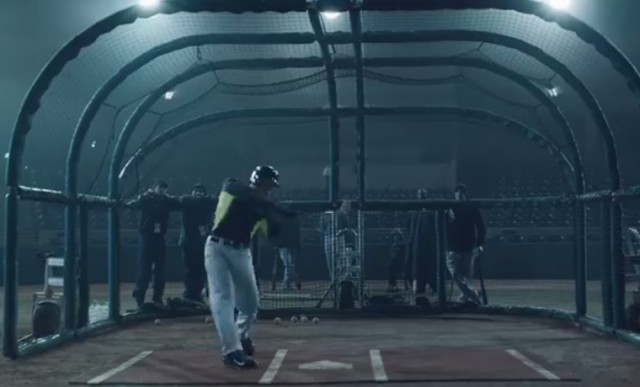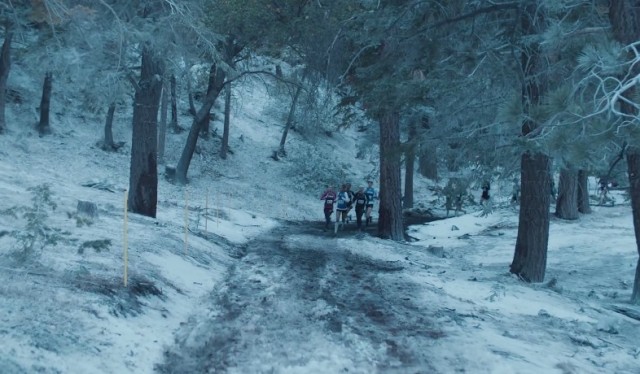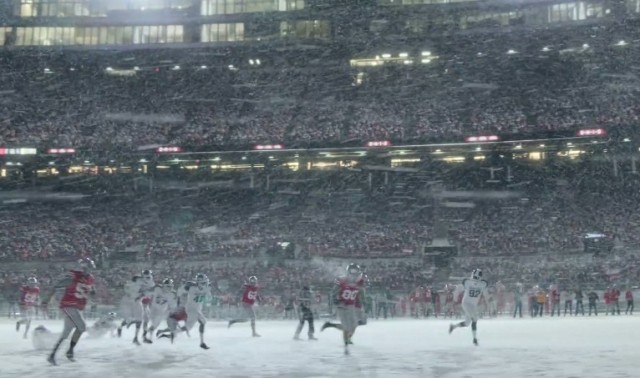What are the ways to literally get your company name into potential customers’ hands? Historic examples of innovative advertising are helpful in learning how to use old and new ways of marketing to get your brand more exposure which will lead to more sales. I sincerely believe society is gearing up for another creative revolution in the marketing/branding arena, so get your business ready to be a part of it.
Innovative advertising in history
1789 – George Washington’s commemorative elections buttons are the first organized production of promotional items. Our first president had the right idea in getting his name out there in a positive light. Upon the success of Washington’s campaign, more promotional products started to be made like calendars, almanacs, and custom made wood items.
In today’s marketing world, promotional products (you’re probably most familiar with pens, much like those offered by The Pen Guy) work because they engage the senses and are appreciated by those who receive the swag while being very useful in their everyday lives.
Cut to 1997 McDonald’s Teenie Beanie Babies® when kids and adults alike went out of their way to get a happy meal with the beanies inside. Whether it was throwing a tantrum on the way home from daycare, or a serious collector of the toys as an adult (the toys could be purchased separately), the Teenie Beanies were in high demand (watch the adorable television ad here to see why) and McDonald’s sales skyrocketed. In that point in time, McDonalds was used to selling about 10 million happy meals a week. The staggering sales increase during the campaign show that promotional products can be a huge success – the sales soared to 100 million happy meals in a ten day period when they gave away the beanie baby free with the meal.
 Source
Source
Your brand can learn a lot from the Teenie Beanie Happy Meal campaign. Giving away a variation of already popular products such as the smaller version of the beanie baby will make customers excited to buy from you. It doesn’t hurt that the products be aimed toward children too.
HBO’s marketing campaign for True Blood in 2008 was simply sensational; a campaign today’s marketing history books are already beginning to site. For those of you unfamiliar with the campaign, they aimed to organically create an audience by appealing to horror fans by hyping up the complex world of True Blood. They did this partly with the hanging of large posters in metropolitan areas of a cool new beverage called “Tru Blood” (made for vampires with a conscience), and other posters advocating vampire rights propaganda.
 Source
Source
The campaign gets even more remarkable with the fact that they mailed mysterious blood vials to bloggers in the goth/supernatural genre which lead them to websites HBO and creative partner Campfire created to further add to the True Blood world. The intricate universe of True Blood is based on the fact that vampires no longer need human blood to survive (due to the new Tru Blood beverage), so some want to integrate into human society. What with the “leaked” videos containing vampires debating whether or not to “come out of the coffin” and try to live among the unsuspecting humans unshrouded by secrets, how could anybody in the niche audience not get excited about the upcoming show?
 Source
Source
Your brand can learn a lot from the True Blood campaign. Know your target audience by heart and tell them a story that intrigues, inspires and amuses them. The outdoor posters and mailed blood vials may be the type of feet-on-the-ground marketing that your brand might really benefit from.
These are just a few instances of innovative brand marketing, but history is full of them. Look to the past to see what has worked before, get creative about the future of your business and determine where it will reside in the next big marketing revolution.
Gary Austin is the CEO of ThePenGuy.com, a company focusing on high quality promotional pens and fantastic customer service.
The post Feet-On-the-ground Marketing Tactics appeared first on AdPulp.

